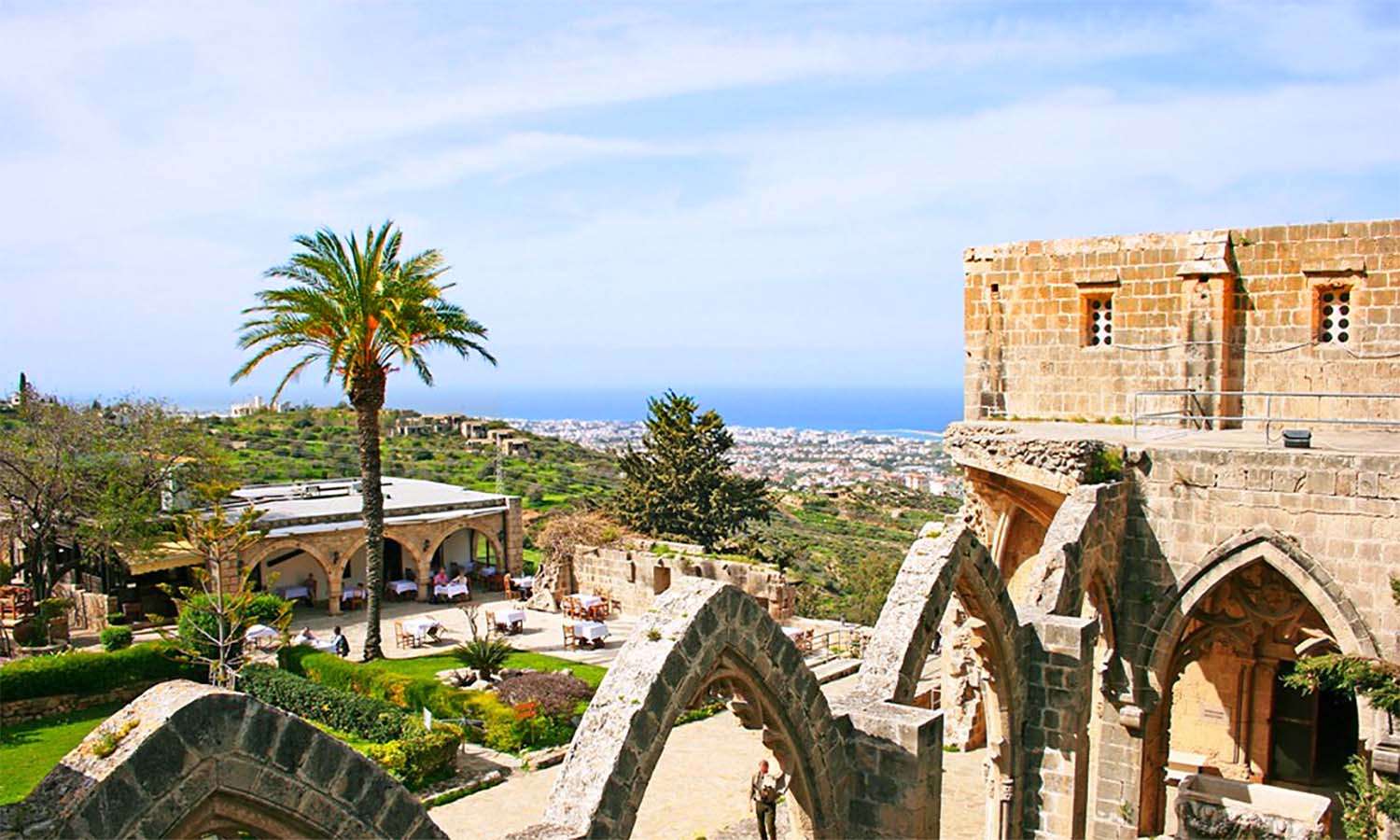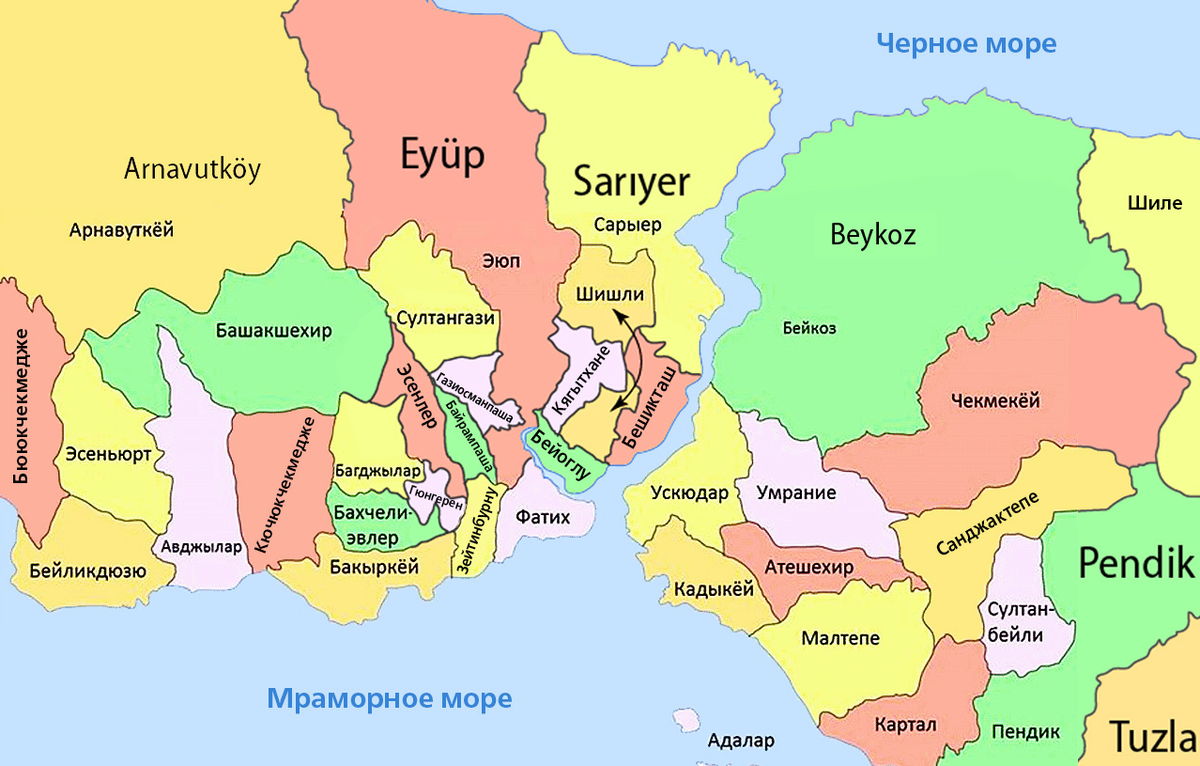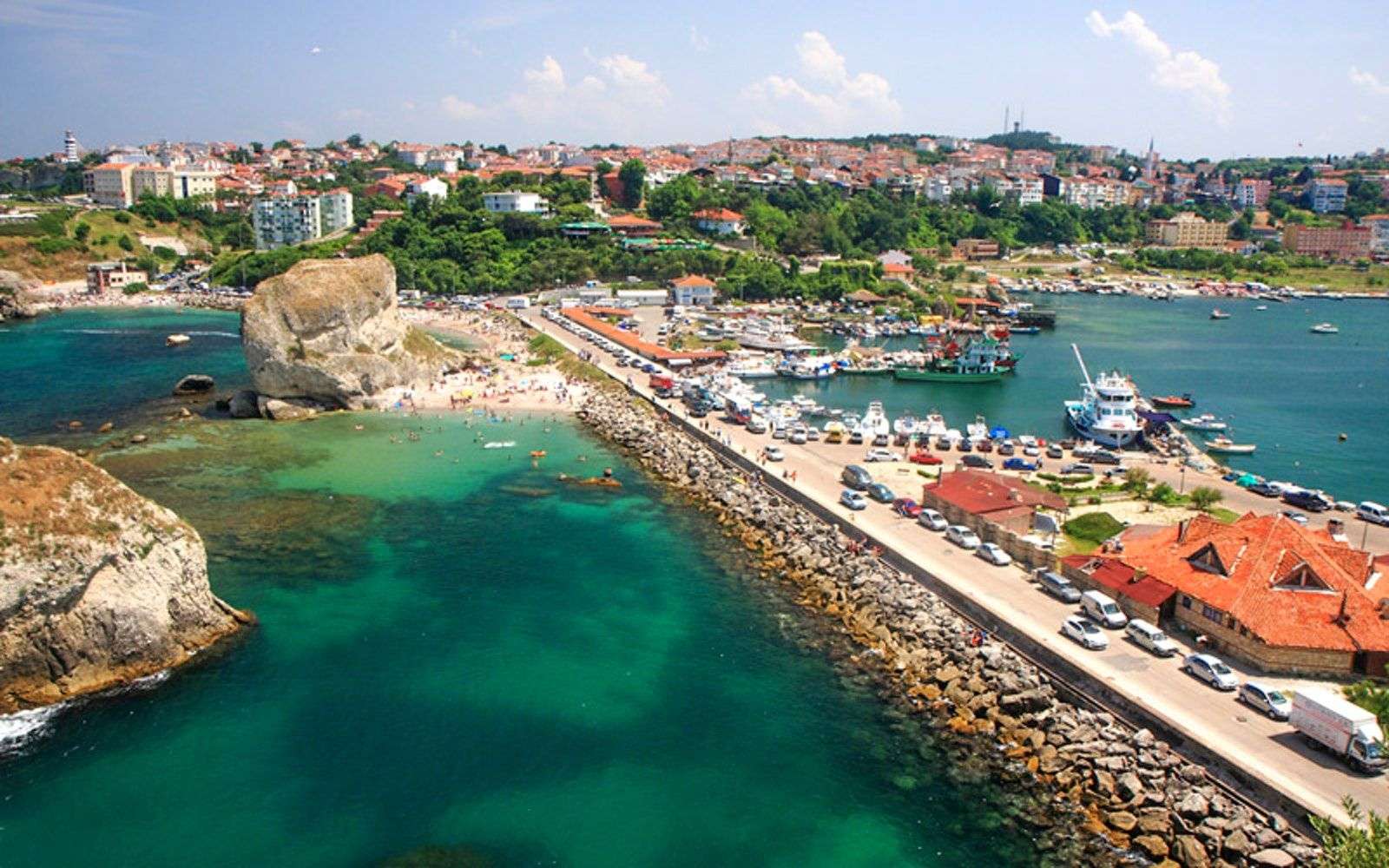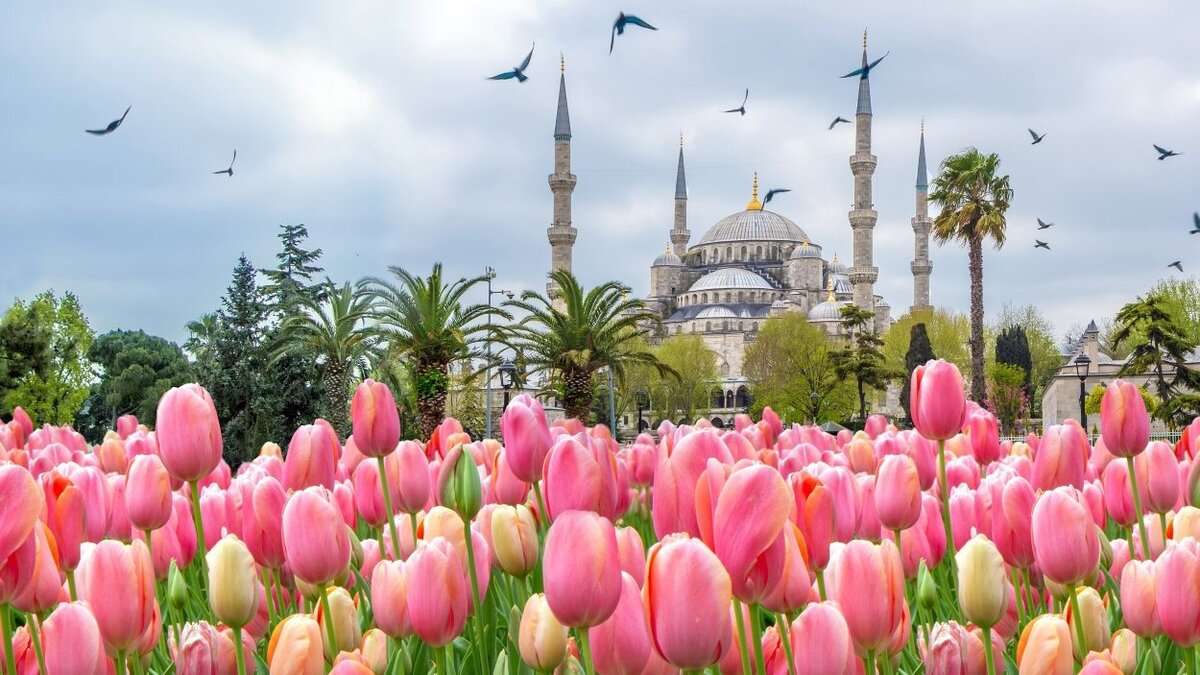Northern Cyprus, officially known as the Turkish Republic of Northern Cyprus, arose as a result of a military coup in the early 1970s. Steeped in history and influenced by Turkish, Greek and English cultures, this region has long remained an English colony. The influence of these cultures is reflected in the architecture, local cuisine and traditions. The northern part of the island provides a unique lifestyle and atmosphere, different from Southern Cyprus. Beautiful nature, warm sea waters, mild climate and historical attractions attract tourists from Europe, Russia, the Middle East and other countries. The high season at local resorts lasts from May to October, and in summer the air temperature can reach 36-38 degrees, but the heat is quite comfortable.
And now for the facts, or rather, the facts about Northern Cyprus:
The island of Cyprus is considered the sunniest place in the Mediterranean region, with more than 330 sunny days a year.
When entering Northern Cyprus, the stamp is placed not on the passport, but on a special form. Citizens of Russia, Belarus and Ukraine entering through Turkey do not require a visa to visit Northern Cyprus.
The official language of the state is Turkish, but many citizens speak fluent English due to the British colonial heritage.
All cities of the republic have two names - Greek and Turkish: Kyrenia - Girne, Lefke - Levka, Guzelyurt - Morphou.
Nicosia is the only capital in the world of two countries at once - Southern and Northern Cyprus, separated by a state border.
Most of the population of Northern Cyprus professes Islam, while in the south Christianity predominates.
The official currency of the state is the Turkish Lira, and Southern Cyprus uses the Euro.
Cyprus is home to many cats - felines can be found everywhere.
You don't have to stay in a hotel to enjoy Cyprus's beautiful beaches, as most of them are open to the public.
Northern Cyprus attracts lovers of ancient architecture with monasteries, religious buildings and ancient settlements. The Archaeological Museum of Morphou tells in detail about the history of Cyprus.
There is a ghost town in the country - Varosha, once a major tourist center, abandoned in the 70s.
Northern Cyprus has no metro, tram lines or railways.
The waters of Cyprus, with their coral reefs, diverse marine life and sunken shipwrecks, are ideal for diving and snorkeling. And on the shore you can find rare sea turtles.
Northern Cyprus is considered one of the safest places, with crime rates so low that residents do not lock their doors at night.
The country drives on the left and all roads are free.
Residential real estate is built taking into account climatic conditions, using solar panels and other energy-saving technologies. Heating is provided by special individual heaters, due to the lack of central heating.
The beaches of Cyprus are covered with volcanic sand, which is considered beneficial for the skin due to its content of beneficial minerals.
Northern Cyprus is a multinational state where Turks, Armenians, Greeks and Kurds coexist peacefully with Russian-speaking citizens and other foreigners living and vacationing on the island.






